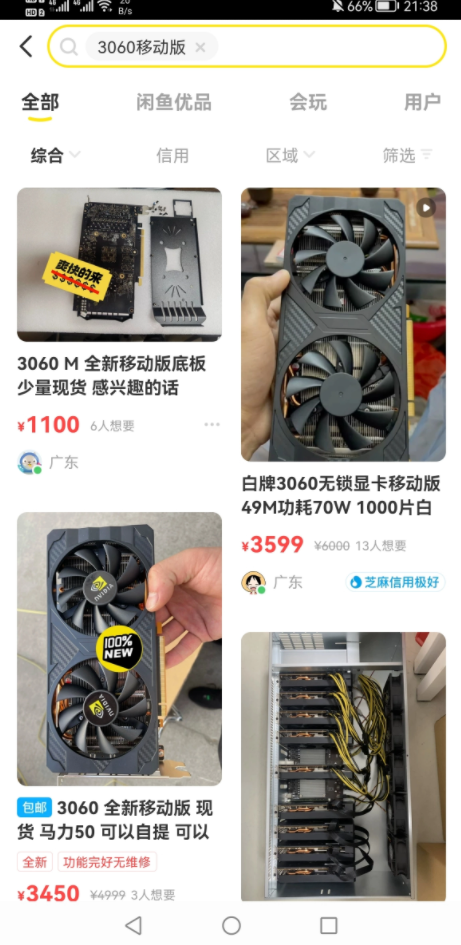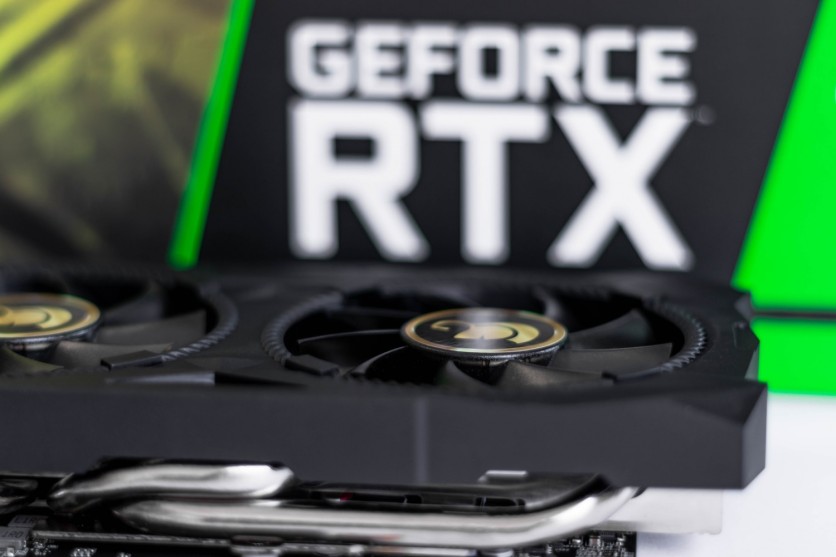Crypto miners are resourceful folk and everybody should know that already. But maybe not a lot of people expected them to be THIS crafty.

Some miners in China have begun splicing RTX 3060 chips from laptops into discrete graphics card housings, then selling them to other miners as a legitimate way to bypass NVIDIA's hash rate limitations on the RTX 3000 series.
PCGamer reports that some of these Franken-cards have been spotted on sale on Gofish, which is kind of like a Chinese version of Craiglist where second-hand items are often sold. Photos of the cards came from a user on the Chinese social media site Weibo.
In the website CnBeta, the seller of the cards reportedly demonstrated their mining performance. For some reason, the cards have been shown to pump out 50 MH/s, which is far higher than what a typical desktop RTX 3060 with the NVIDIA LHR feature on them. As such, this makes the makeshift 3060s a far more profitable option for crypto miners, who likely can't get a hold of basic desktop non-LHR 3060s anymore.
The website also shows how much the cards cost: between 1100 to 3599 Chinese Yuan ($174.22 to $570.02 USD) at the time of this writing. Considering how an NVIDIA LHR RTX 3060 costs these days (as much as $800 USD on eBay right now), these cards look to be quite a bargain for the mining performance they claim to offer.

Tom's Hardware was among the first to spot the cards being sold on GoFish. According to their report, the origin of the makeshift desktop 3060s using the mobile chips is unknown. But what basically happened here is that an organization got a hold of GA106 dies supposed to be installed in gaming laptops, repurposed them as crypto mining cards, and sold them like normal.
Apparently, this kind of practice is also not a weird thing to do. One good example, as per the original TechRadar report, is AMD's not-so-beloved RX 6500 XT. It was fitted with the Navi 24 die, which was originally designed for laptops, not desktops.
Why Are Crypto Miners Doing This?
Say what you want about how NVIDIA's LHR cards aren't effective enough to thwart miners from buying them up: the hash rate limiter does cripple mining performance on the RTX 3000 series. As a result, miners have been increasingly desperate to balance their profits and losses.
Creating the makeshift RTX 3060 mining cards was possible mainly because mobile versions of NVIDIA's Ampere line don't have LHR restrictions. Naturally, miners saw this as an opportunity because even if hacks can already bypass LHR to an extent, they can be iffy at best.

Now, some may think that using mobile versions of discrete GPUs still won't make sense, because laptop GPUs are often weaker than desktop GPUs. And that would be right, but not in this case. Even if the hardware surrounding the chip is weaker in a laptop GPU (i.e. less VRAM, less CUDA cores, etc), the silicon remains the same across both versions.
In this situation, mobile RTX 3060s have the same GA106 die as their desktop counterparts-similar performance overall, all without NVIDIA's LHR limiter.
Read also: How To Build a Crypto Mining Rig: The Basics
This article is owned by Tech Times
Written by RJ Pierce
![Apple Watch Series 10 [GPS 42mm]](https://d.techtimes.com/en/full/453899/apple-watch-series-10-gps-42mm.jpg?w=184&h=103&f=9fb3c2ea2db928c663d1d2eadbcb3e52)



